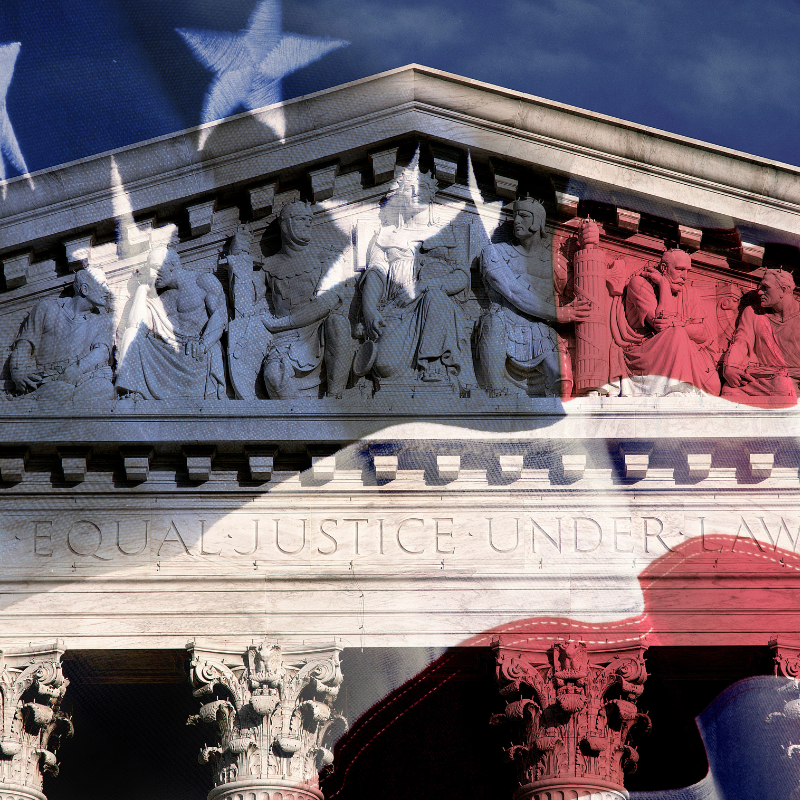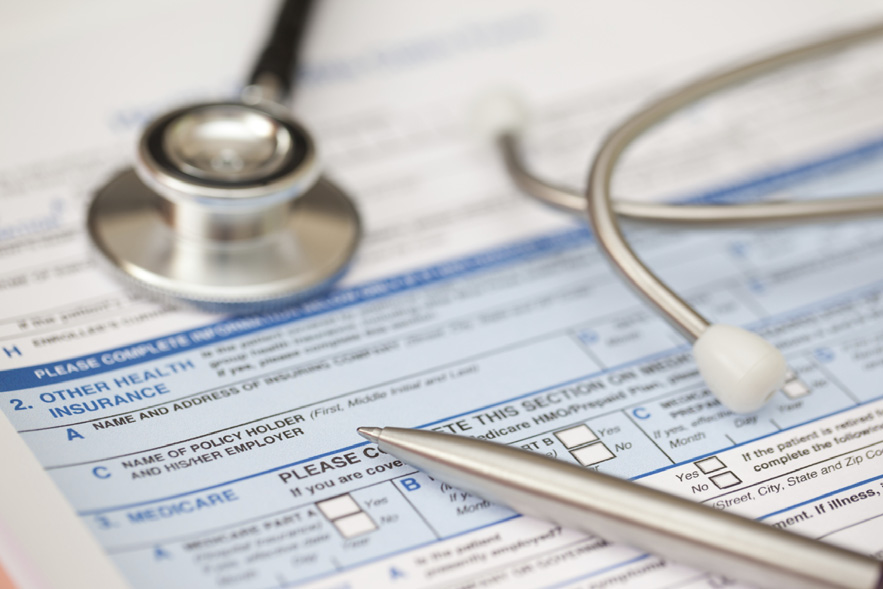Original Publish Date: April 8, 2022/Updated: February 14, 2023
This bill was passed into law at the end of 2022 and has gone into effect.
The House recently passed H.R. 2954 Securing a Strong Retirement Act, referred to as SECURE Act 2.0, with overwhelming bipartisan support reflected in a vote of 414 in favor and only 5 opposing. It is expected that similar bipartisan support will be provided in the Senate. The Act includes incentives for small employers to create retirement plans and increase employee participation.
Increased Credit for Small Employer Retirement Start-up Costs
Under current law, employers with no more than 100 employees are generally allowed to claim an income tax credit for retirement plan startup costs equal to 50% of the costs paid or incurred in the first credit year and each of the immediately following two taxable years. Eligible employer plans are qualified employer plans under section 4972(d), including a 401(k) plan, SIMPLE plan, or simplified employee pension (SEP). The credit is limited to the greater of $500 or $250 per eligible employee eligible to participate in the employer plan, not to exceed $5,000. SECURE 2.0 would enhance the credit by allowing 100% of the plan startup costs to be utilized in the year of credit for employers with 50 or fewer employees.
New Credit for Small Employer Retirement Contributions
SECURE 2.0 also provided an additional credit for small employer contributions made to a qualified employer plan. Therefore, a small employer would not only receive a credit in relation to startup costs but could also receive a credit for any employer contributions not to exceed $1,000 per employee. The amount of the employer contribution allowed as a credit for an employer with 50 employees or less would be 100% in the year the plan is established and the following year, decreasing by 25% each succeeding tax year until the credit is no longer available the 5th year. Employers with more than 50 employees but less than 100 employees also would be allowed the credit, but phase-out rules would apply. In addition, no credit is allowed for employer contributions on behalf of an employee who makes more than $100,000 (adjusted for inflation). The credit amount for employer contributions is not available either for elective deferrals under Code Sec. 402(g)(3), or for contributions to a defined benefit plan under Code Sec. 414(j).
The small employer credit related to employer retirement startup costs and contributions would be effective for taxable years beginning after December 31, 2022.
The following example compares the cash impact under current law versus the House bill, highlighting a cash savings of more than $69,000 over a 5-year period.
Assume Business A has 20 eligible employee participants who each earn a salary of $60,000 per year. Business A decides to offer a SIMPLE IRA and match 1.5% of their salary per year. Business A incurs $6,000 of qualified startup costs.
| Year 1 | Current Law | Proposed Law |
| Cash Payments ($6,000 + (1.5% x 20 x 60,000)) | $24,000 | $24,000 |
| Startup Costs Tax Credit | $3,000 (50% x $6,000 not to exceed $250 x 20 employees) |
$5,000 (100% x $6,000 not to exceed $5,000) |
| Increased Tax Credit for Employer Contributions | $0 | $18,000 (1.5% x 20 x 60,000 not to exceed $1,000 per employee) |
| Net Cash Impact | $21,000 ($24,000-$3,000) | $1,000 ($24,000-$5,000-$18,000) |
| Year 2 | Current Law | Proposed Law |
| Cash Payments (($6,000 + (1.5% x 20 x 60,000)) | $24,000 | $24,000 |
| Startup Costs Tax Credit | $3,000 (50% x $6,000 not to exceed $250 x 20 employees) | $5,000 (100% x $6,000, not to exceed $5,000) |
| Increased Tax Credit for Employer Contributions |
$0 | $13,500 ((1.5% x 20 x 60,000 not to exceed $1,000 per employee) x 75%) |
| Net Cash Impact | $21,000 ($24,000-$3,000) | $5,500 ($24,000-$5,000-$13,500) |
| Year 3 | Current Law | Proposed Law |
| Cash Payments ($6,000 + (1.5% x20x60,000)) | $24,000 | $24,000 |
| Startup Costs Tax Credit | $3,000 (50% x $6,000 not to exceed $250 x 20 employees) | $5,000 (100% x $6,000, not to exceed $5,000) |
| Increased Tax Credit for Employer Contributions |
$0 | $9,000 (1.5% x 20 x 60,000 not to exceed $1,000 per employee) x 50% |
| Net Cash Impact | $21,000 ($24,000-$3,000) | $10,000 ($24,000-$5,000-$9,000) |
| Year 4 | Current Law | Proposed Law |
| Cash Payments ($6,000 + (1.5% x20x60,000)) | $24,000 | $24,000 |
| Increased Tax Credit for Employer Contributions |
$0 | $4,500 (1.5% x 20 x 60,000 not to exceed $1,000 per employee) x 25% |
| Net Cash Impact | $24,000 | $19,500 ($24,000-$4,500) |
| Year 1-4 Summary | Previous Law | Current Law |
| Net Cash Impact | $87,000 | $36,000 |
Automatic Enrollment
Since first defined and approved by the Treasury Department in 1998, automatic enrollment has generally boosted participation by eligible employees, particularly for Black, Latinx, and lower-wage employees. An early study found that the adoption of auto-enrollment increased participation in a 401(k) plan by short-tenure Latinx employees from 19% to 75%. Based on these findings, the House is proposing the expansion of automatic enrollment in retirement plans. The proposal would require 401(k) and 403(b) plans to enroll participants in the plans automatically upon becoming eligible (and the employees may opt-out of coverage).
The initial automatic enrollment would require a minimum employee contribution percentage of at least 3 percent but no more than 10 percent in the first year. The percentage must be increased by 1 percentage point each year thereafter but not to exceed 15%.
The automatic enrollment requirement is not applicable to any 401(k), or 403(b) plans established before the date of enactment. In addition, the automatic enrollment proposal would not apply to businesses that have existed for less than 3 years or to employers who employ 10 or fewer employees. The automatic enrollment feature would be effective for taxable years beginning after December 31, 2024.
If a small employer is considering developing a retirement plan or is required to develop a retirement plan under state law, the House bill should be monitored closely and be discussed during planning.
For more information on how SECURE Act 2.0 impacts your retirement savings, check out our recent article, Changes You Need to Know About Your Retirement Savings – SECURE ACT 2.0.
Contact Us
For more information on this important legislative proposal, please reach out to our Business Tax Services Team.




